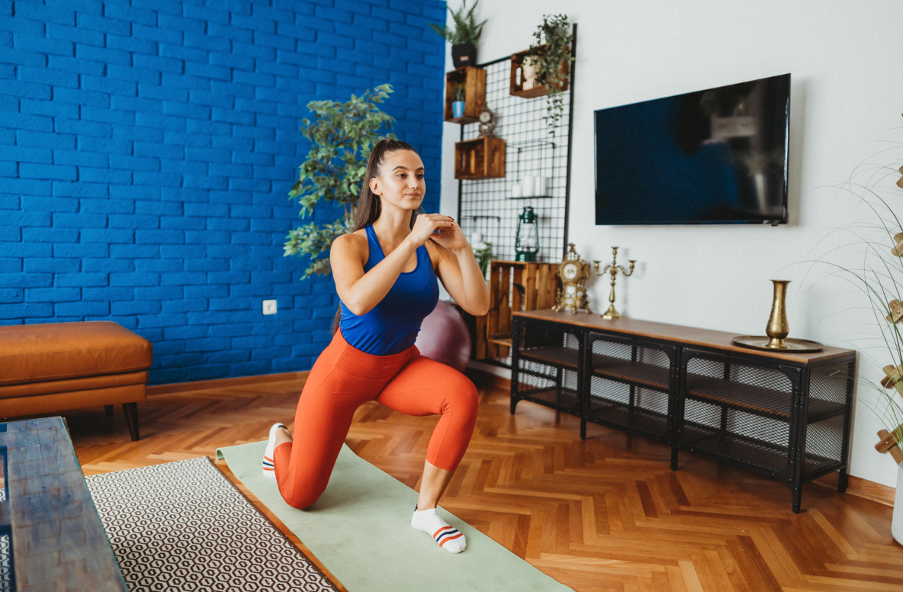Exercise is a crucial component of cancer care, and can play a vital role in helping cancer patients to manage symptoms, improve their quality of life, and potentially even improve their chances of survival. However, exercise prescription for cancer patients is not a one-size-fits-all approach and must be tailored to the individual needs and abilities of each patient. One important factor to consider in exercise prescription for cancer patients is their Activities of Daily Living (ADLs).
What are ADLs, and why consider them?
Activities of Daily Living, or ADLs, are just what they sound like – the things we do every day. They can include things like bathing, getting dressed, using the toilet, and eating. They’re used to measure a person’s ability to take care of themselves and to be independent. For many of us, we don’t need to think about ADL’s, but they become key when it comes to navigating cancer treatment and recovery.
When we as exercise physiologists assess a client’s functional ability, we always look at their ADLs, as well as their ability to do physical activity and exercise (including their hobbies!). This information helps us develop an exercise plan that’s appropriate for the client’s current level of function, and that takes into account any barriers that stand between them and maintaining independence and quality of life.
Matching exercise to ADLs
When it comes to creating an effective exercise program, it’s important to consider how the exercises will translate to these real-life activities. One way to do this is by matching gym exercises to activities of daily living (ADLs). By mimicking the movements and muscle groups used in ADLs, we can ensure that the exercises are functional and relevant.
Below are just a few examples of the things we might assess, and the exercises we may prescribe if those activities prove to be a barrier.
- Dressing: Arm curls, shoulder presses, and shoulder stretches.
- Getting up and down: Squats, lunges, and leg presses.
- Transferring (such as getting in and out of bed): Planks, side planks, push ups
- Climbing stairs: Step-ups, single, leg balance, calf raises
- Walking: treadmill, cycling, or brisk walking
- Household chores: push-ups, shoulder press, deadlifts, rows
- Shopping: farmers walks, bicep curls, front raises, deadlifts
- Cooking: arm curls, shoulder presses, and shoulder stretches
Beyond the basics, when appropriate we also take a step further and look at the movements involved in a client’s job and/or hobbies. Often, this comes after a period of working on ADLs, or if a client already feels confident with the ADLs above. This could look like:
- A cable woodchopper to help someone return to playing golf with their friends
- Cognitive training to help someone return to the project management job they love
- Extra balance training for someone desperate to get back to playing wii with their children
Working with an Exercise Physiologist
Cancer patients have unique physical and emotional needs that must be considered when developing an exercise program. Due to the nature of cancer and its treatments, cancer patients may experience fatigue, muscle weakness, and pain, which can affect their ability to exercise safely and effectively. For this reason, it’s essential that cancer patients work with a qualified exercise professional, such as an exercise physiologist, when developing an exercise program.
In a nutshell, working with an exercise physiologist who considers the importance of ADL’s can help those going through cancer to stay active, independent and healthy during and after treatment, and can also ensure they get back to the things they love to do.
Author: Tessa Nielsen
Clinical Exercise Physiologist and Content Creator at Specialised Health
#exercisephysiology #exerciserehab #rehabilitation #lifeinsurance #incomeprotection #ctp #workcover #mobile #mobileexercisephysiology #fatigue #mentalhealth #cancer #musculoskeletal #injury #pain #physio #physiotherapy #Sydney #Brisbane #Melbourne #Adelaide #Auckland #Waikato #BayofPlenty #Wellington #Otago #Christchurch
